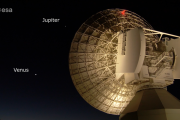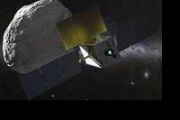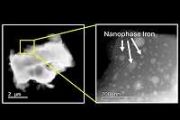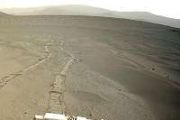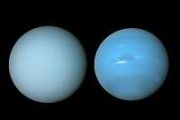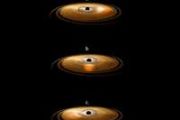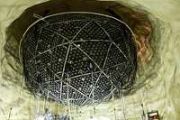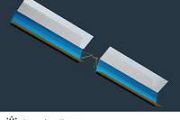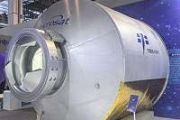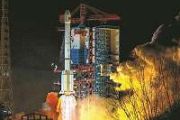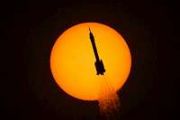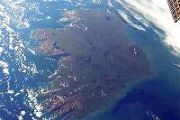
Copernical Team
Revisit Living Planet Symposium: watch session replays
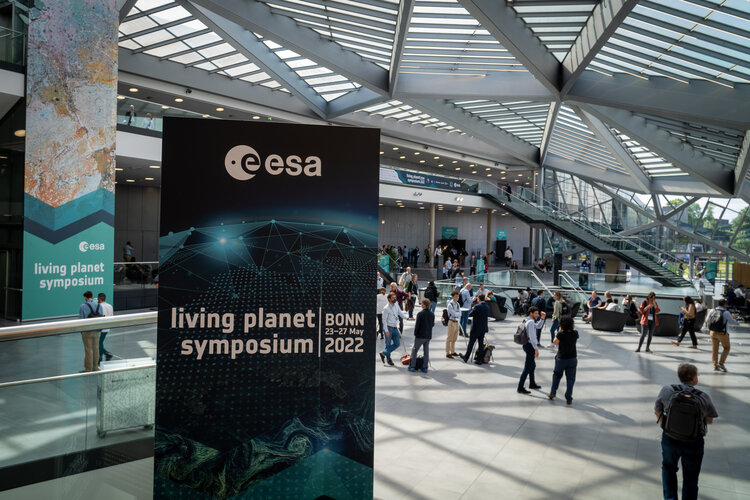
Revisit Living Planet Symposium: watch session replays
Tiny robotic crab is smallest-ever remote-controlled walking robot
 Northwestern University engineers have developed the smallest-ever remote-controlled walking robot - and it comes in the form of a tiny, adorable peekytoe crab.
Just a half-millimeter wide, the tiny crabs can bend, twist, crawl, walk, turn and even jump. The researchers also developed millimeter-sized robots resembling inchworms, crickets and beetles. Although the research is exploratory a
Northwestern University engineers have developed the smallest-ever remote-controlled walking robot - and it comes in the form of a tiny, adorable peekytoe crab.
Just a half-millimeter wide, the tiny crabs can bend, twist, crawl, walk, turn and even jump. The researchers also developed millimeter-sized robots resembling inchworms, crickets and beetles. Although the research is exploratory a DLR presents technologies for decarbonisation across the economy
 The German Aerospace Center will be presenting technologies, innovations and successful transfer and spin-off projects at Hannover Messe 2022. From 30 May to 2 June, at the 120-square-metre stand (Energy Solutions, Hall 13, D18), visitors will be able to gain an insight into DLR's research for a future climate-friendly energy supply system and for the decarbonisation of industrial processes and
The German Aerospace Center will be presenting technologies, innovations and successful transfer and spin-off projects at Hannover Messe 2022. From 30 May to 2 June, at the 120-square-metre stand (Energy Solutions, Hall 13, D18), visitors will be able to gain an insight into DLR's research for a future climate-friendly energy supply system and for the decarbonisation of industrial processes and AI and machine learning are improving weather forecasts, but they won't replace human experts
 A century ago, English mathematician Lewis Fry Richardson proposed a startling idea for that time: constructing a systematic process based on math for predicting the weather. In his 1922 book, "Weather Prediction By Numerical Process," Richardson tried to write an equation that he could use to solve the dynamics of the atmosphere based on hand calculations.
It didn't work because not enoug
A century ago, English mathematician Lewis Fry Richardson proposed a startling idea for that time: constructing a systematic process based on math for predicting the weather. In his 1922 book, "Weather Prediction By Numerical Process," Richardson tried to write an equation that he could use to solve the dynamics of the atmosphere based on hand calculations.
It didn't work because not enoug Space Systems Command Issues Launch Task Orders for FY22 NSS Missions
 Space Systems Command (SSC) ordered eight National Security Space (NSS) launch services under the National Security Space Launch (NSSL) Phase 2 Launch Service Procurement contract Friday; five to United Launch Alliance (ULA) for GPS III-7, USSF-23, USSF-43, WGS-11+, and USSF-16 using the Vulcan Centaur launch vehicle, and three to Space Exploration Technologies Corp (SpaceX) for USSF-124, USSF-6
Space Systems Command (SSC) ordered eight National Security Space (NSS) launch services under the National Security Space Launch (NSSL) Phase 2 Launch Service Procurement contract Friday; five to United Launch Alliance (ULA) for GPS III-7, USSF-23, USSF-43, WGS-11+, and USSF-16 using the Vulcan Centaur launch vehicle, and three to Space Exploration Technologies Corp (SpaceX) for USSF-124, USSF-6 AFRL sponsorship recipient wins NASA space manufacturing contract
 Air Force Research Laboratory research sponsorship recipient, United Semiconductors, LLC (USLLC), is one of eight companies selected to work on a three-year, $21 million NASA contract to manufacture tools in space.
Almost two decades ago, AFRL's photonic materials branch began collaborating with Professor Partha Dutta at the Rensselaer Polytechnic Institute and sponsoring his research on t
Air Force Research Laboratory research sponsorship recipient, United Semiconductors, LLC (USLLC), is one of eight companies selected to work on a three-year, $21 million NASA contract to manufacture tools in space.
Almost two decades ago, AFRL's photonic materials branch began collaborating with Professor Partha Dutta at the Rensselaer Polytechnic Institute and sponsoring his research on t Vacuum soak for satellite brain
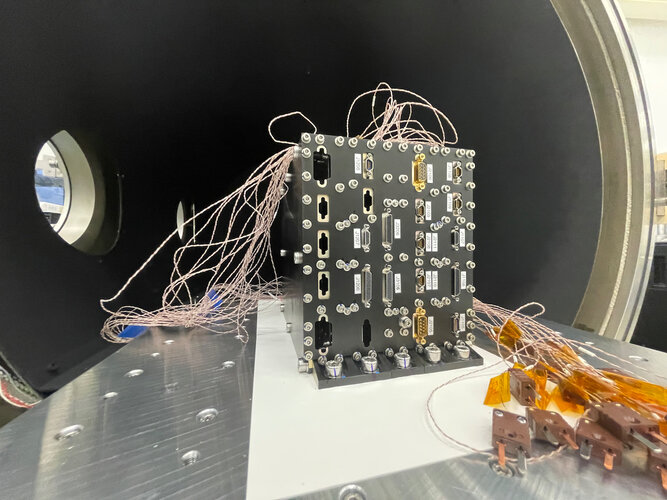 Image:
Vacuum soak for satellite brain
Image:
Vacuum soak for satellite brain China's space tracking ship departs for 100th mission
OneWeb satellite to be deorbited at the end of its active lifetime
 The world's first mission to remove several small telecommunications satellites from orbit once they reach the end of their operational service is about to start building and testing its prototype spacecraft.
British-based in-orbit servicing company Astroscale - working in an ESA Partnership Project with satellite operator OneWeb - will begin manufacturing the first commercial "servicer" p
The world's first mission to remove several small telecommunications satellites from orbit once they reach the end of their operational service is about to start building and testing its prototype spacecraft.
British-based in-orbit servicing company Astroscale - working in an ESA Partnership Project with satellite operator OneWeb - will begin manufacturing the first commercial "servicer" p Commercial Space Exec: Hands-On Work Can Launch Careers
 Tyler Grinnell ('08) worked at Kennedy Space Center while he was still an Aerospace Engineering student at Embry-Riddle, juggling a full load of classes.
"That was a dream come true for me to be able to work on the space shuttle program while I was just out of my sophomore year," he said, at the university's latest Presidential Speaker Series event.
That real-world experience propell
Tyler Grinnell ('08) worked at Kennedy Space Center while he was still an Aerospace Engineering student at Embry-Riddle, juggling a full load of classes.
"That was a dream come true for me to be able to work on the space shuttle program while I was just out of my sophomore year," he said, at the university's latest Presidential Speaker Series event.
That real-world experience propell 





